About Pico
The Azores
Known for its natural beauty and awarded in categories such as Sustainable Tourism or Adventure Tourism, the 9 islands of the Azores make up an archipelago of unique beauty, which has charmed both its visitors and locals for centuries.
Officially designated as The Autonomous Region of the Azores, this is a transcontinental archipelago of volcanic nature, as well as an autonomous territory of the Portuguese Republic, endowed with political and administrative autonomy, located in the Northeast Atlantic.
From a geographical point of view, the islands can be divided into three groups: the western group, consisting of the islands of Corvo and Flores; the central group, formed by the islands of Graciosa, Terceira, São Jorge, Faial and Pico; and finally, the eastern group, composed of the islands of São Miguel and Santa Maria. Its current population (2021 data) stands at approximately 236,657.
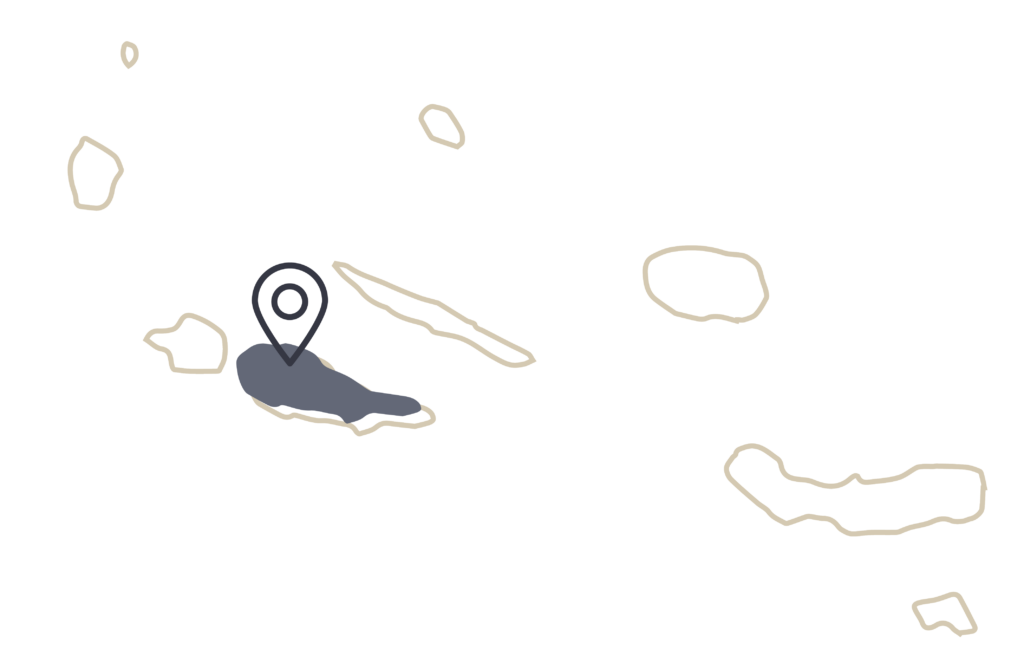
Ready for a unique adventure?
If you are curious about the history, culture, or other facts about Pico, you can find some information here that can help you learn a little more.
Oficial language: Portuguese Religion: Catholic Official currency: Euro (€)
Geography
It is the second largest island in the Azores, with an elongated area of 444.9 km2 and dimensions of 46.2 km in length and 15.8 km maximum width. Filled by the volcano of Pico Mountain in its western half, it is 6 km away from its neighbouring island Faial and is populated by 13,895 inhabitants (data from 2021). It is the southernmost island of the Central Group of the Azores and one of the so-called “triangle islands”. At an altitude of 2351 m, the island’s highest point is also the highest point in Portugal.
Climate
The climate is influenced by its geographic location and is subject to the global atmospheric and oceanic circulation. The Azores High regulates atmospheric circulation, and the archipelago’s weather is influenced by its location, strength, development, and orientation.
Pico Island has a hot and dry climate, with annual average temperatures ranging from 13ºC and 25ºC.
The hottest months are July through September, with average highs of 24 °C and lows of 20 °C. November through May is the season with the lowest temperatures, with daily maximum temperatures of 18ºC.
Days with completely clear skies are unusual, with July being the least cloudy month of the year, when the sky is almost cloudless or partially covered.
Precipitation is regular, with the driest period from April to September, with July having the fewest days with precipitation. The wettest period is from October to March, with December being the wettest month of the year.
The seawater’s average annual temperature is 18.9°C.
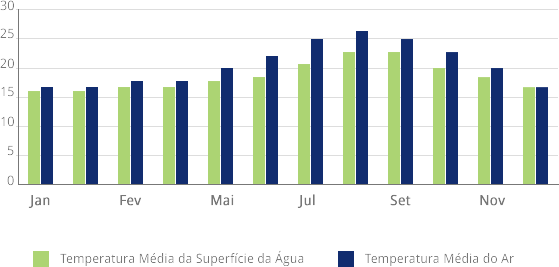
It is in Pico that we can find the main traces of the Azorean whaling epic. You are invited to explore picturesque ports, old whaling boats, and streets with typical houses in Lajes, São Roque, Calheta de Nesquim, or Ribeiras. There are several museums on the island where you can learn more about this phenomenon, such as the Whaling Industry Museum and the Whalers’ Museum.
Wine culture also has a very strong presence. The landscape extends beyond the horizon in an impressive mosaic of black stone known as “currais,” a grid of squares with vines planted in them and hundreds of kilometres of solid stone walls. These lands are a mixture of volcanic nature and ancestral cultural practises, where you can find the Landscape of the Pico Island Vineyard Culture, a UNESCO World Heritage Site since 2004.

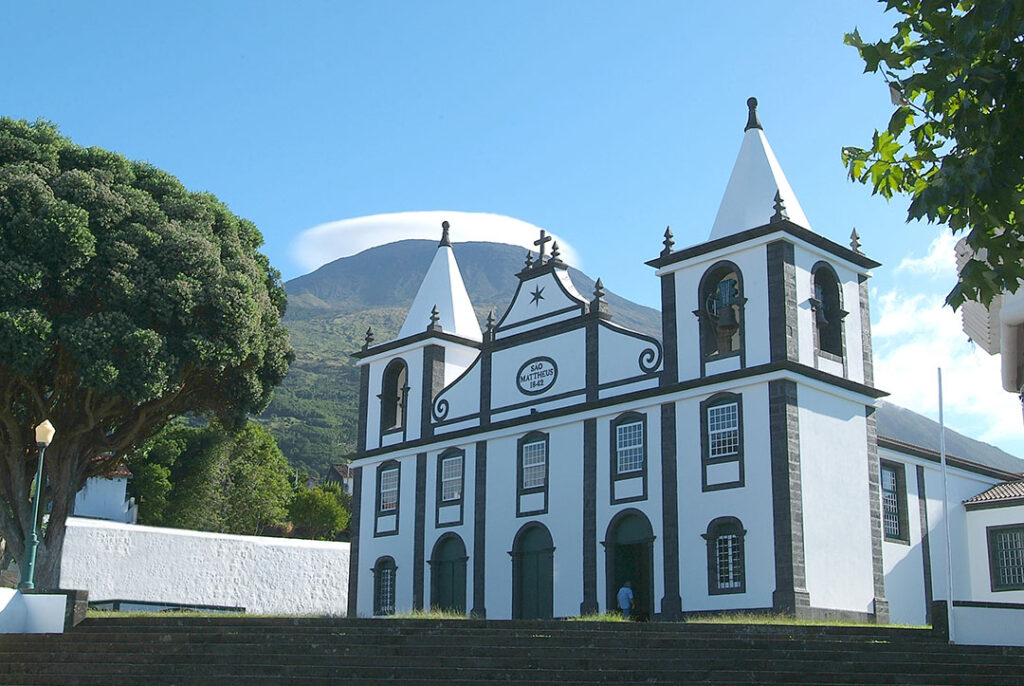

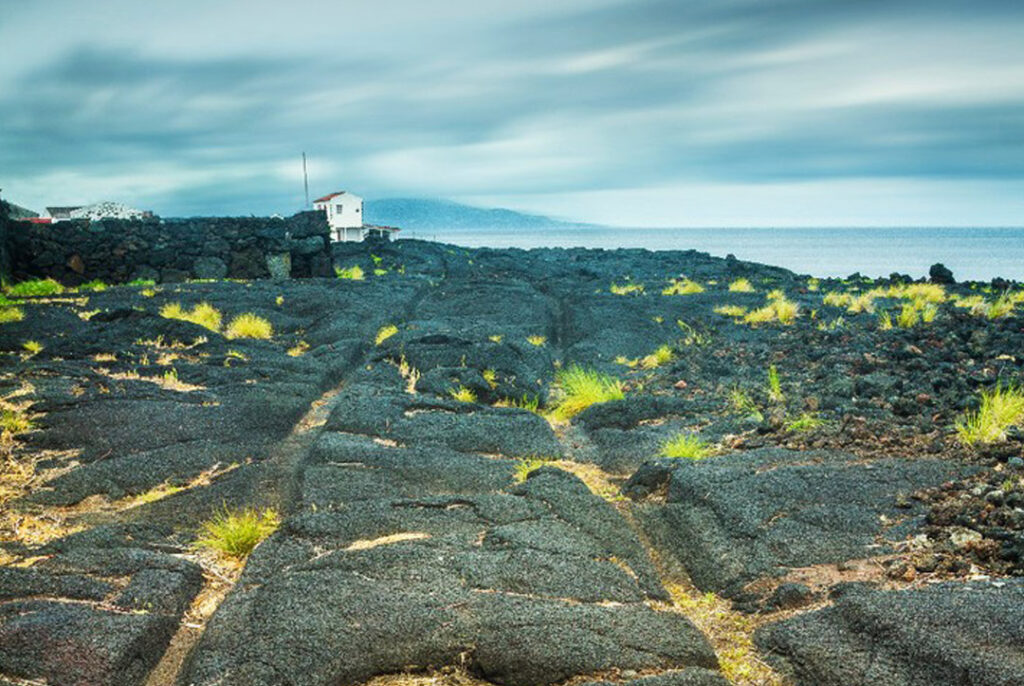
In addition to the Holy Spirit Festivities, Pico has a special devotion to Senhor Bom Jesus Milagroso. The celebrations take place in São Mateus in August and are centred on pilgrims’ veneration of an image displayed in the Sanctuary of Bom Jesus Milagroso. In Madalena, the festival honouring the municipality’s patron saint, Santa Maria Madalena (Mary Magdalene), includes religious, sporting, and cultural events that fill the month of July with music. It is one of the most well-known festivals in the Azores.
Cais de Agosto Festival in São Roque combines musical shows with handicraft displays and sports competitions, and Semana dos Baleeiros (Whalers’ Week) in Lajes combines a tribute to former whalers with a programme that enlivens the final part of the summer. In September, the village of Madalena hosts the Festas da Vindima, which includes local festivities and ethnographic evocations based on vineyard culture.
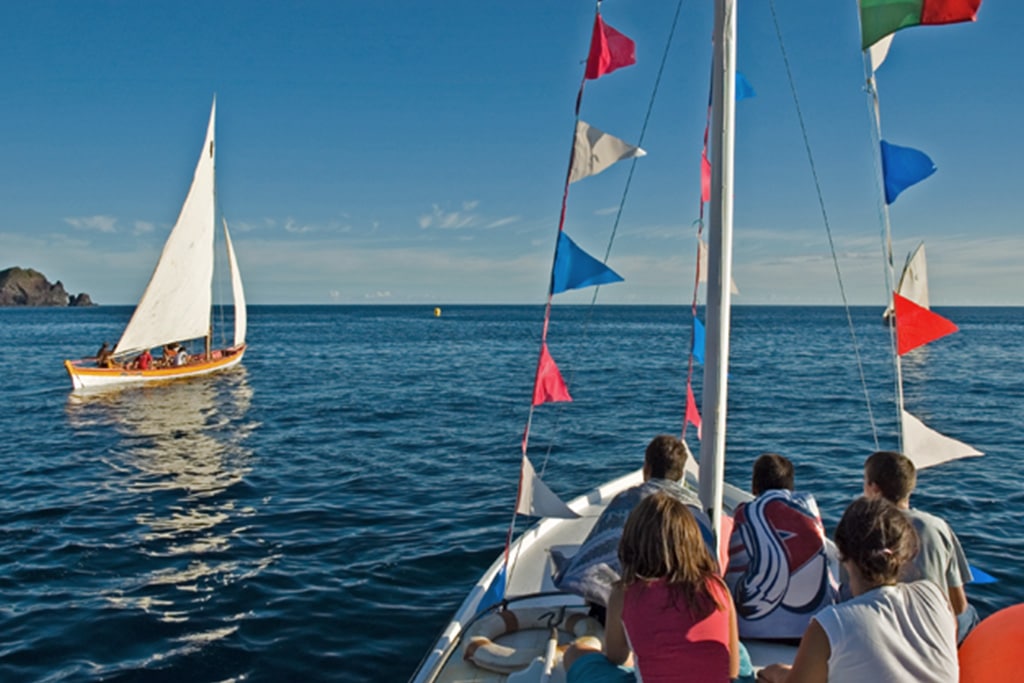
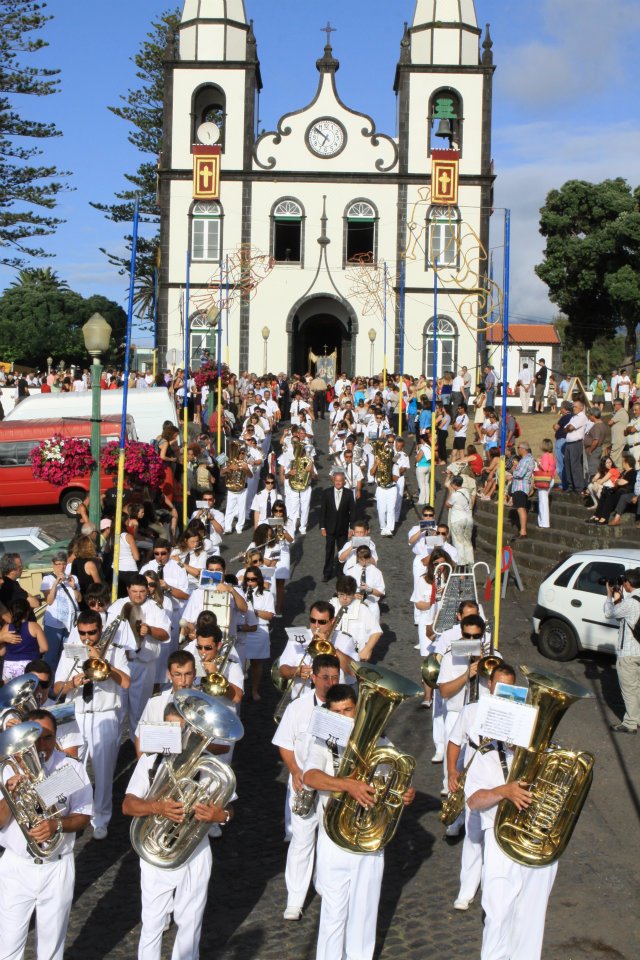
Handicraft is important in our society because it preserves the essence of creativity, craftsmanship, and traditional culture.
Whale Teeth Scrimshaw is a form of cultural expression rooted in the whaling tradition. Whale hunting was a craft that contributed to the Azorean economy for over a century. As a result, contemporary artisans pay homage to this tradition by creating pieces and costume jewellery accessories in whale bone and teeth that allude to sperm whale hunting.
The Azorean sea and its abundance of marine species gave rise to the art of fish scales among Azorean artisans, a creative and one-of-a-kind method of using scales as raw material for the creation of works of art such as flowers, jewellery accessories, and decorations.
The most admirable lace in the archipelago is highlighted, a handicraft treasure guarded by local lacemakers. Religious motifs related to the Holy Spirit, detailed flowers, geometric shapes, and their base elements “rosetas” (rosettes) are featured in these lace designs.
Handicrafts are an excellent souvenir of this island, a unique and meaningful choice that carries a people’s memory. Visit local artisans and contribute to the appreciation of these arts during your stay.
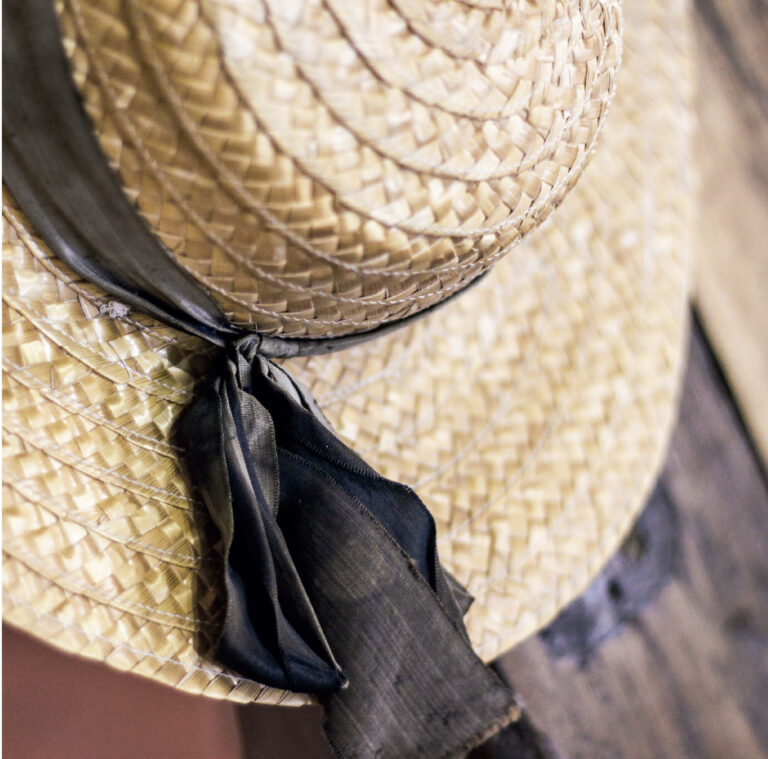
The extensive lava fields that mark the island’s landscape, known as “lajidos,” which means slab stone, or “terras de biscoito,” which means biscuit lands, alluding to the shape of local pastries, are responsible for the island’s predominant grey colour. The basalt stone walls known as “currais” in the vineyards, the pyramid-shaped constructions known as “maroiços” on agricultural land, and the basalt stone walls of trails, footpaths, and land divisions all refer to this tone, which is interspersed with the green of the vegetation.
The island’s natural ex-libris is its mountain, which at 2350 metres is the highest point in Portugal. The volcanic cone rises majestically, cutting through the blue sky or encasing itself in a blanket of clouds. The island stretches out to the east of this massive volcano into a long volcanic mountain range of exuberant patches of endemic vegetation and verdant pastures.
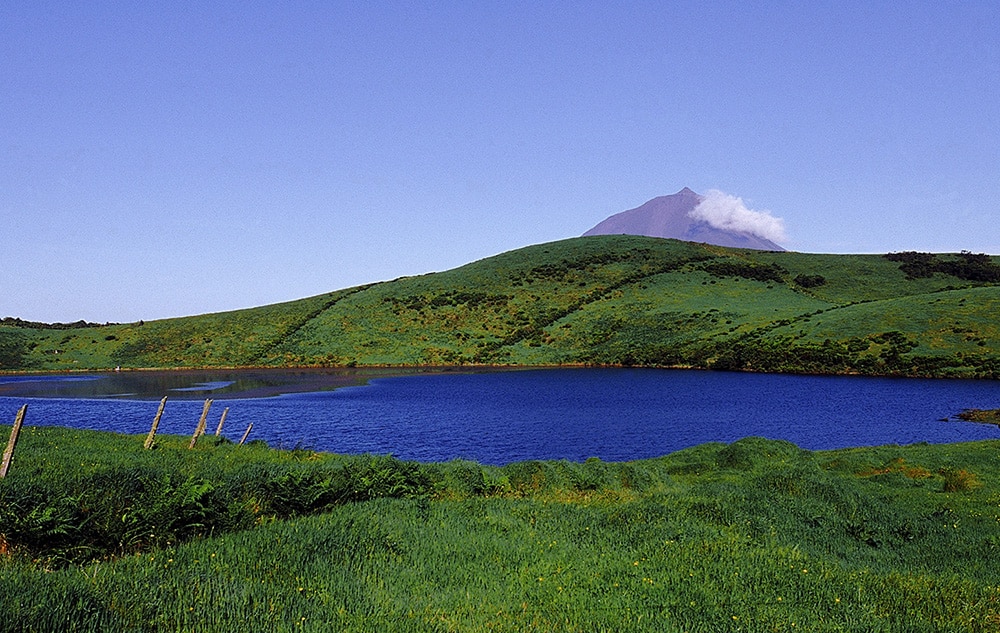
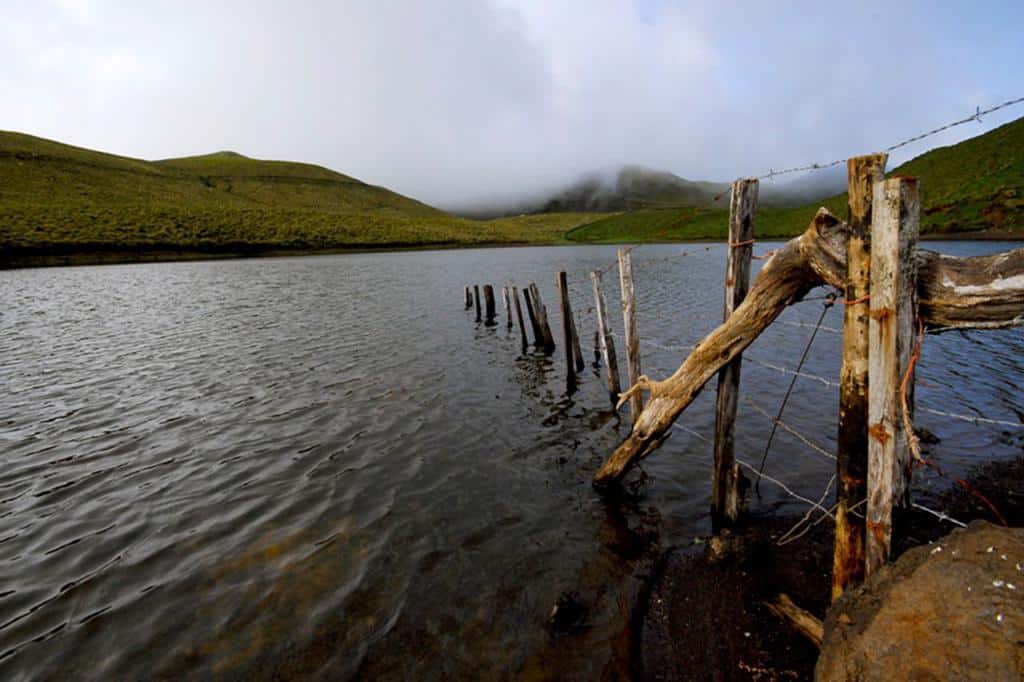
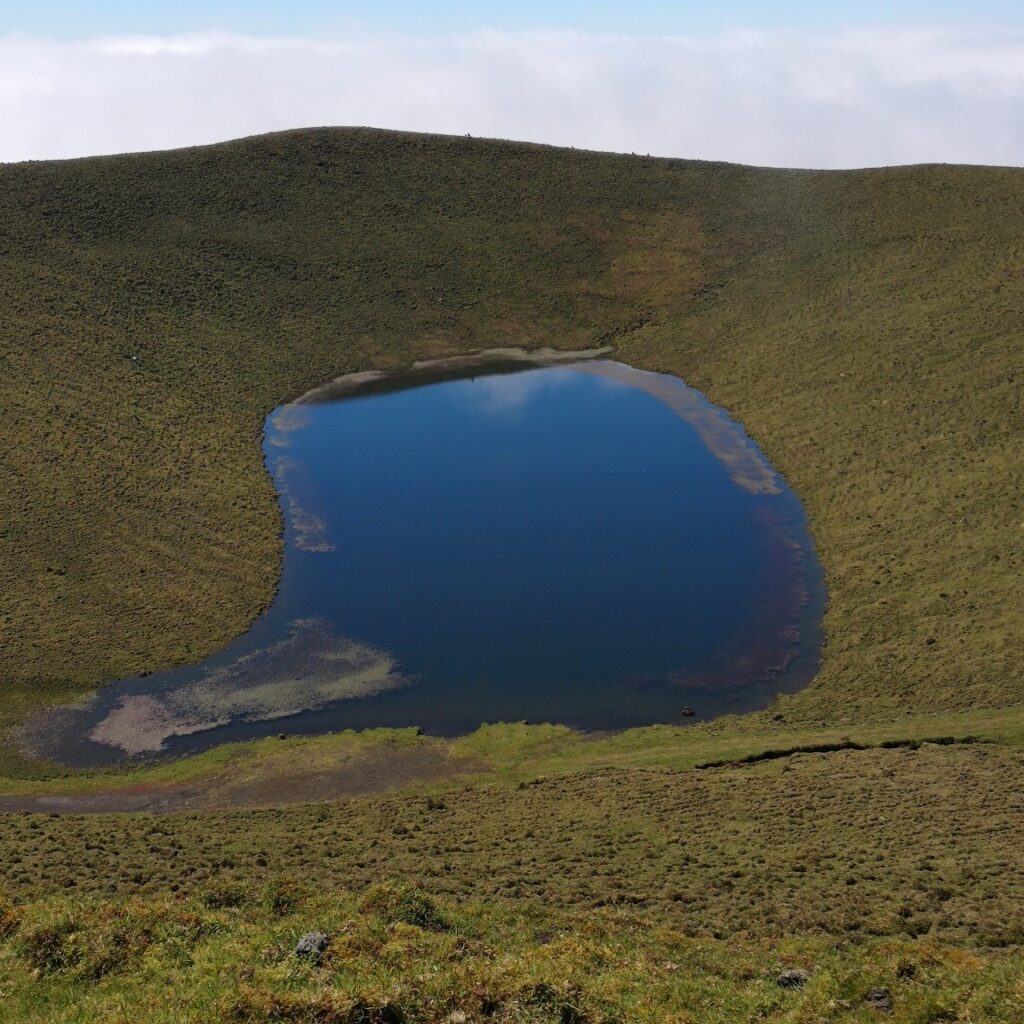
If food is one of your reasons for picking a destination, this is the right place. The food in Pico is the key to complete your holidays with nature, good stories, and flavours!
Since its colonization, Pico Island has become known for its wine, which was exported to Russia’s czars, the Portuguese mainland, and Brazil. From the beginning, the vineyard was worked in small volcanic stone corrals that modified the landscape and are now recognized as a World Heritage Site.
The island’s white, red, and rosé wines are highly regarded, and angelica and fruit liqueurs are among the sweetest options for those who enjoy them. Locals took advantage of the sea here from an early time, either by hunting whales or fishing, with caldeirada de peixe (fish stew) being the most typical dish. Honey categorised as incense honey and Queijo do Pico – DOP (Pico Cheese – PDO) round out the island’s gastronomic gems. At the table, there are several proposals for a typical meal, emphasising octopus stewed with local Isabella Wine, linguiça (smoked meat sausage) with yam, or molha de carne (meat stew).
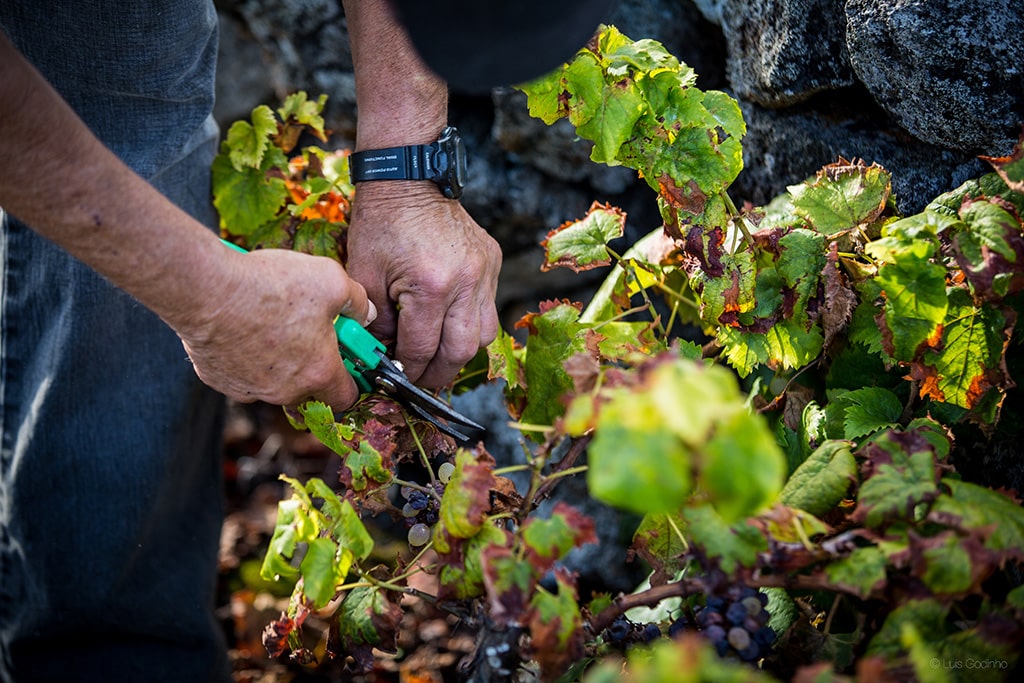
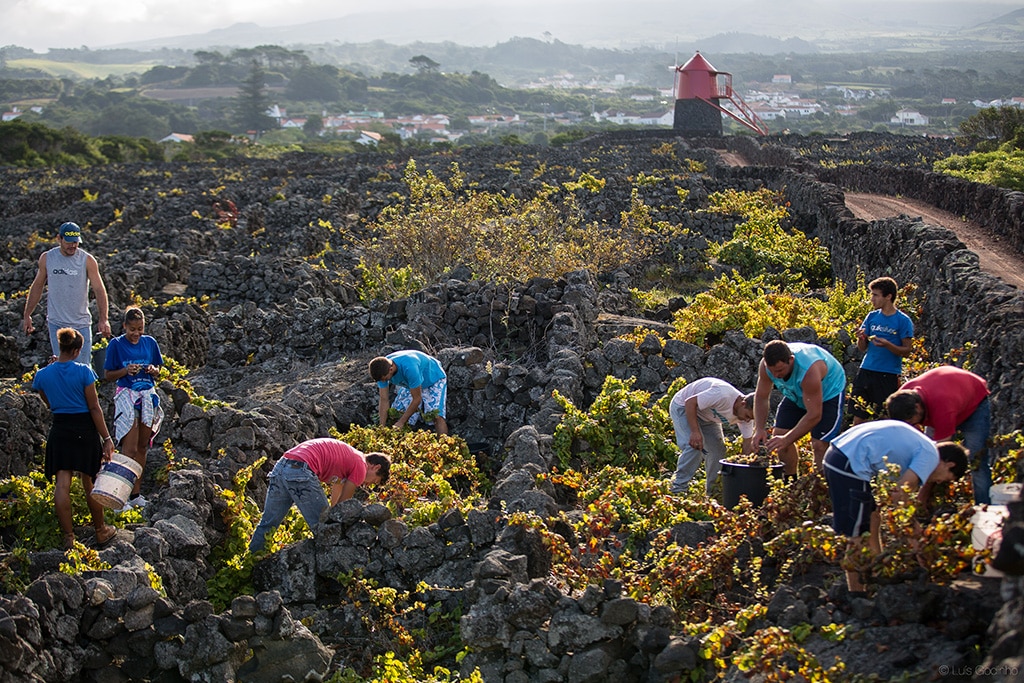
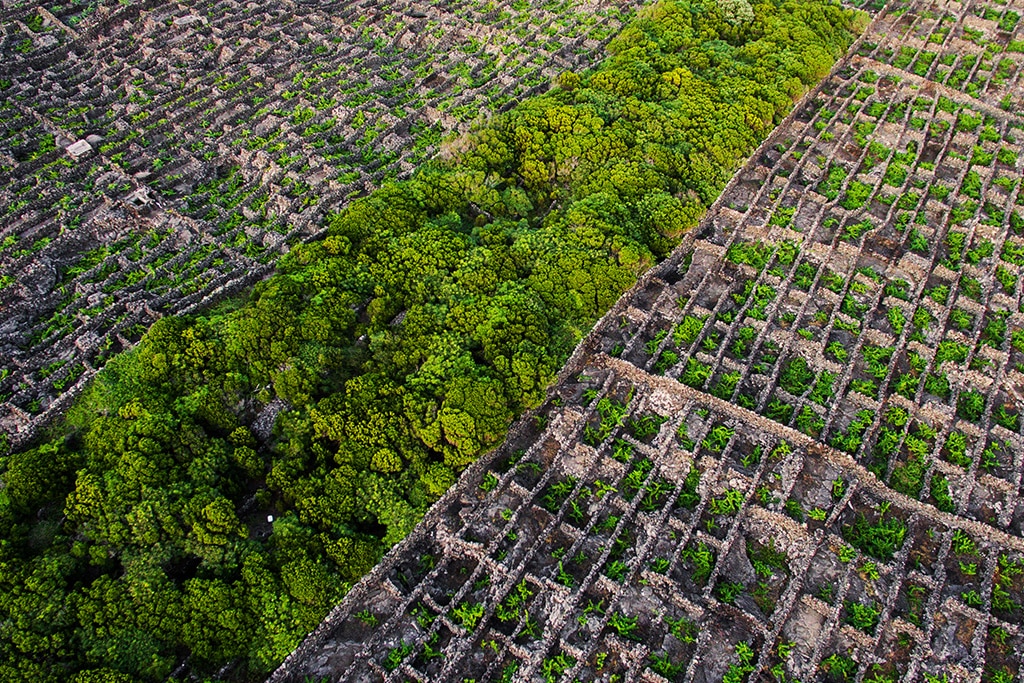
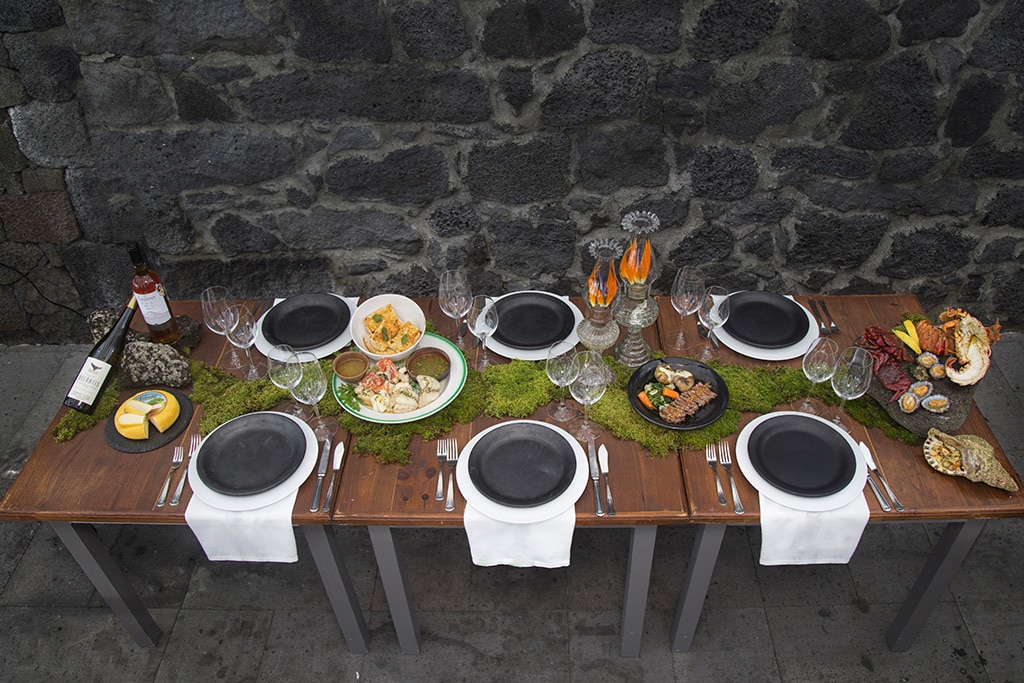
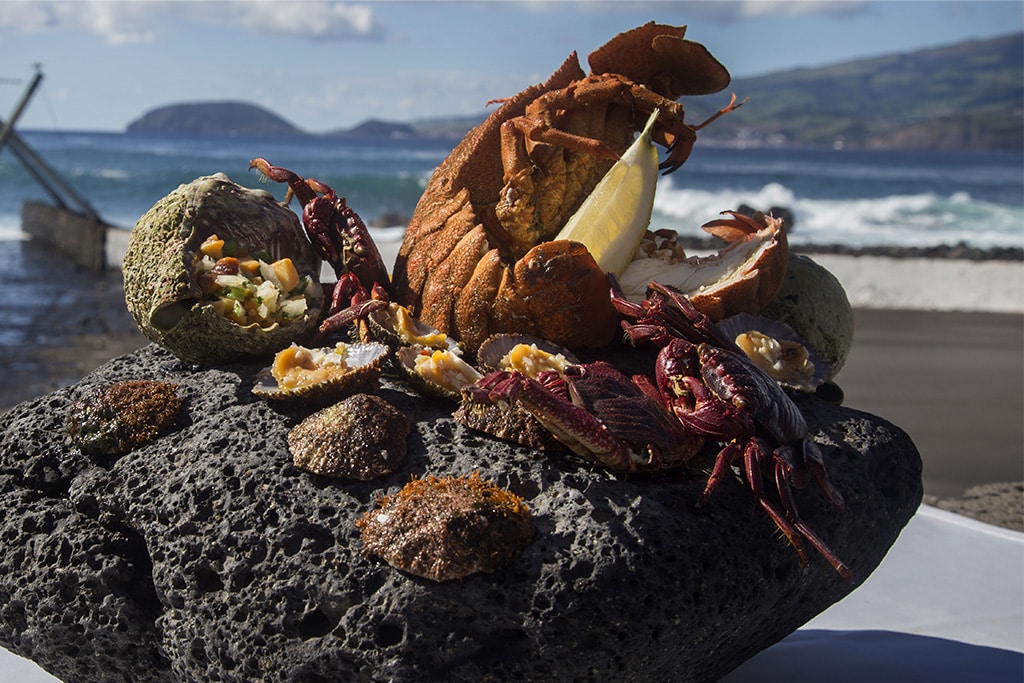
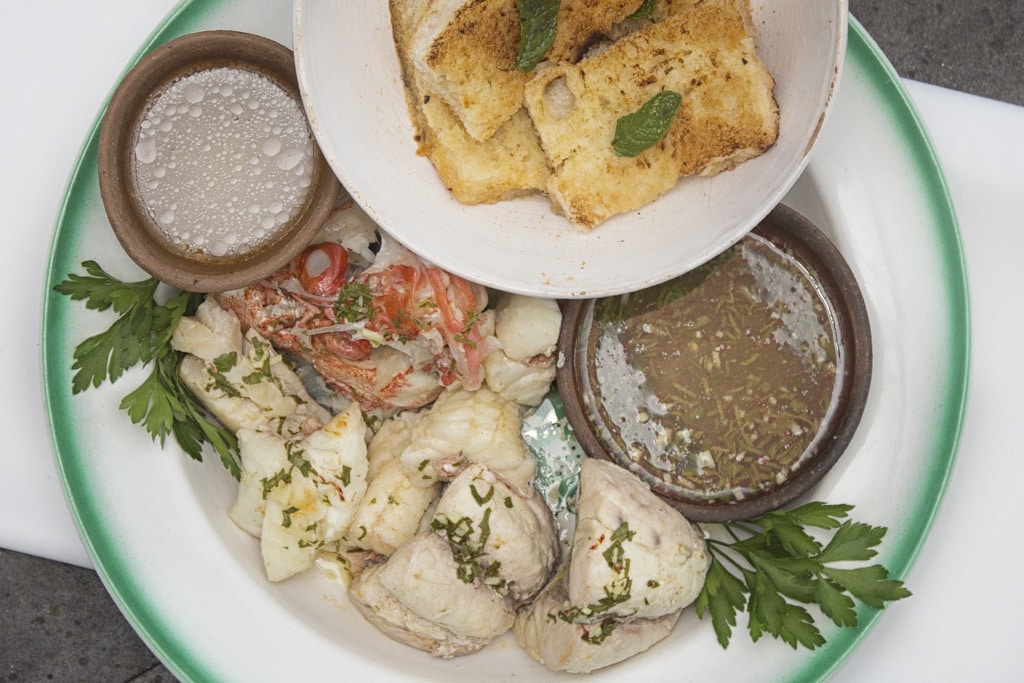
Pico Island has an unparalleled natural wealth. The name Pico Island refers to the famed mountain with the same the name, the highest in the country, which rises in the island’s centre and offers stunning views all around.
Sports and activities on land
The hiking trails are a great way to discover the extensive lava fields known locally as “lajidos,” meaning slab stone, or “terras de biscoito,” meaning biscuit lands, due to its shape, as well as the vineyard corrals and “maroiços,” pyramid-like agricultural structures.
Climbing Pico Mountain can be an unforgettable and challenging experience for the more daring. With 2,351 metres of elevation, Portugal’s highest mountain provides one of the most spectacular views in the Azores.
Rappelling and speleology are excellent options to explore the island’s subterranean beauty, which includes stalactites, volcanic cones, caves, and lava tubes, as well as the adrenaline rush of rappelling down an ancient waterfall. These are activities that must be done with the utmost safety, which is why it is best to do them with a specialized company.
Cycling around the island is another peaceful way to take in the scenery at your own pace. These bike rides take you to locations rich in both nature and culture. Several businesses specialize in these tours, offering a variety of routes to suit different tastes.
Sports and nautical activities
Pico Island is a true paradise for nature lovers and marine life enthusiasts, making it a prime destination for whale watching and sea sports.
Whale watching can be done with specialized companies; numerous species, including dolphins, pilot whales, orcas, blue whales, and sei whales, frequent these waters.
Sport fishing is another great activity to try during your stay; on the high seas, you can catch large tunas like marlin, and along the coast, you can catch greater amberjack and red porgy.
Canoeing and stand up paddle are excellent ways to explore the island’s coastline, bays, cliffs, marine life, and take in the panoramic views of Pico Mountain.
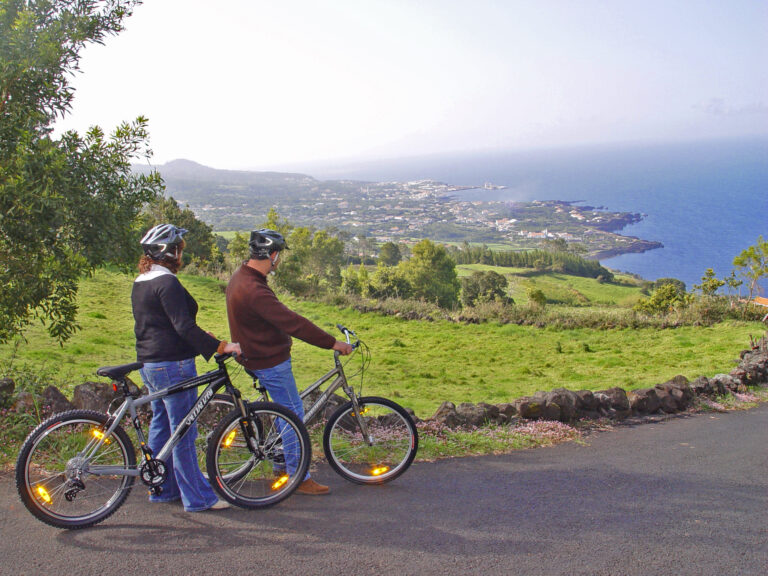
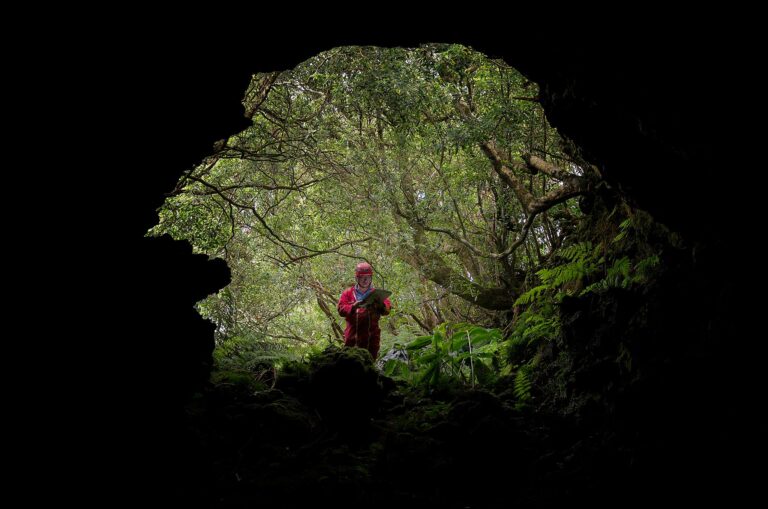
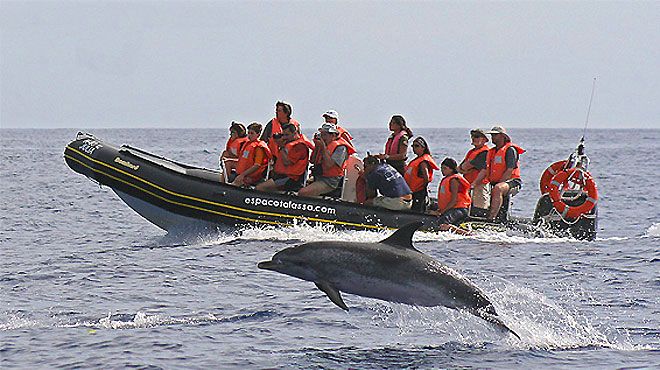

Health Centres:
Due to the size of Pico Island, there are only three health centres to provide emergency services; in serious cases users are referred to Horta’s Hospital in Faial Island or Hospital do Santo Espírito in Terceira Island.
Madalena: (+351) 292 628 800
São Roque do Pico: (+351) 292 648 070
Lajes do Pico: (+351) 292 679 400
Emergency Number: 112
Emergency Service for Deaf Citizens: you can call the Civil Protection emergency services, via Skype video call, to SERViiN – LGP INTÉRPRETE or via the number 12472. The Portuguese Sign Language interpreter will communicate with the desired emergency service. This service is available from Monday to Friday, from 7:00 am to 10:00 pm, including holidays.
APP PROCIV Azores: The application provides information on the main self-protection measures for situations involving a risk of fire, earthquakes, storms, technological incidents or others; discloses alerts with regard to weather warnings and seismological communications, assists in first aid for victims of accidents and poisoning.
Regarding calls to 112, the application, in addition to allowing the call to be made according to the type of distress call (accident, sudden illness or others), automatically sends an email with the data you have filled in your profile, directly to the Medical Emergency Line, so that you can help you more quickly and effectively.
Civil Protection provides brochures with self-protection measures (MAP) and/or information relevant to the population and visitors. Click on the link below and access the documents that you can consult or download.
Polícia:
Madalena: (+351) 292 622 860
São Roque do Pico: (+351) 292 642 115
Lajes do Pico: (+351) 292 672 410
